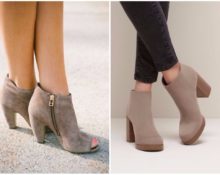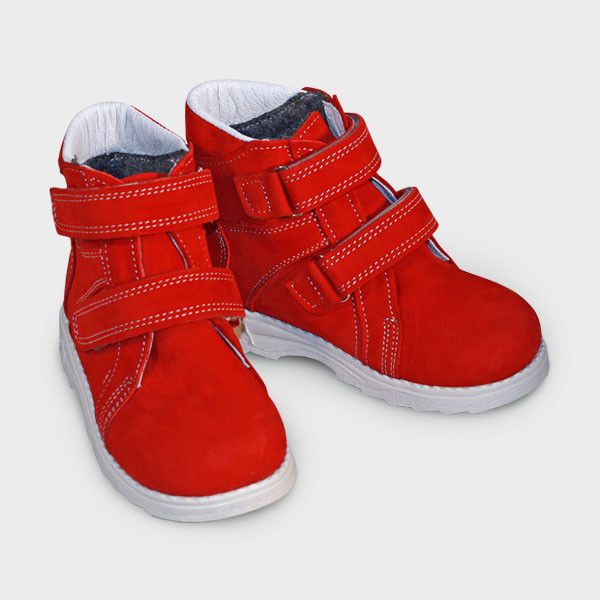 One of the most pressing questions for parents in the off-season is how to dress their child so that he does not freeze, but also does not get tired in changeable weather conditions. When the thermometer shows only 3 degrees in the morning, and already +10 in the afternoon, how to protect children’s feet from such temperature changes? The best solution to this problem would be children's boots, insulated with flannelette lining.
One of the most pressing questions for parents in the off-season is how to dress their child so that he does not freeze, but also does not get tired in changeable weather conditions. When the thermometer shows only 3 degrees in the morning, and already +10 in the afternoon, how to protect children’s feet from such temperature changes? The best solution to this problem would be children's boots, insulated with flannelette lining.
What kind of weather are bike boots designed for?
The autumn-spring period is one of the most difficult in terms of choosing clothes and shoes. Especially when it comes to children. The weather changes not only every day, but also within one day. The rain replaces the sun, and in the evening it may drizzle again.
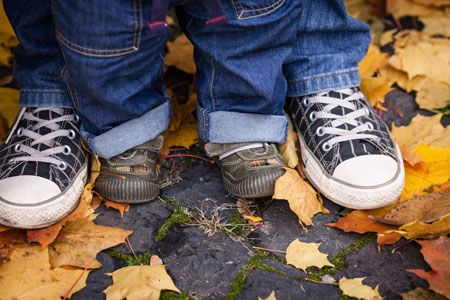
Therefore, demi-season shoes should not allow moisture to pass through, be moderately warm and moderately light. All these qualities are combined in boots on a bike.A moisture-resistant upper made of leather or other materials, connected to the sole using an adhesive-molding method, will not let water in, and the flannelette lining will prevent the legs from freezing or overheating.
Attention! Water-resistant shoes, unless they are rubber boots, are not intended for walking on water. Don’t be surprised if a tomboy who has been jumping in puddles in leather boots gets his feet wet.
When to wear flannel-lined boots for your child
All children are different. Some people prefer to sleep in a stroller for the entire walk and only occasionally walk hand in hand with their mother, while others run and jump, splashing out their energy. Some children freeze quickly, while others, on the contrary, manage to sweat three times in one walk.

Shoes must be selected for a specific child. Some people need warmer boots, while others can safely wear light sneakers. Therefore, there is no universal solution. However, in general Bike boots are designed for temperatures from +5 to +10 °C. At the same time, more heat-loving children can wear them even at 14 degrees Celsius, and active or simply “hot” children can wear boots until the frosts.
Features of choice
When choosing boots for a bike, you should pay attention to the way the sole is attached. It can be of three types:
- adhesive, when the sole is glued;
- glue-molding, when the sole and shoe form a single whole using liquid molding;
- glue-stitching, when the sole is glued and stitched.
For those who like to run through puddles, shoes of the second type are best. In this case, it looks a little rough, but it will get wet least of all.
The choice of material from which the boots are made is equally important. Leather boots will be the most comfortable.The legs will “breathe” in them.
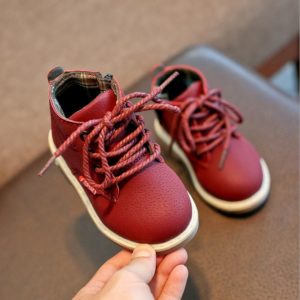 When choosing shoes made of genuine leather, you need to know how they differ from boots made of leatherette. For example, when the sole is bent, the artificial material will form creases and large folds. Cracks will appear in these places in the future.
When choosing shoes made of genuine leather, you need to know how they differ from boots made of leatherette. For example, when the sole is bent, the artificial material will form creases and large folds. Cracks will appear in these places in the future.
Another way to distinguish natural leather from artificial leather is to touch it with the back of your hand. If after some time your hand becomes covered in sweat, the shoes are made of unnatural material. In the case of genuine leather, you will feel warm.
If the choice fell on leatherette, then you should give preference to the pair that, along with the flannelette lining, will have leather insoles.
Advice! You should pay attention to the insoles - they must be removable. Taking out the insoles will make it easier to dry the shoes.
If a child is not very careful with shoes, often trips, or likes to kick pebbles, you should choose boots with a suede toe. Then, small scratches will remain invisible.
Children's shoes must comply with the recommendations of orthopedic doctors:
- Have a wide nose, an elastic, flexible sole, a small heel, an instep support and a hard back to fix the leg.
- They must be strictly in size and should not be tight or too loose.
- The child's toes should be able to move in the shoe, and the instep and heel should be in place.
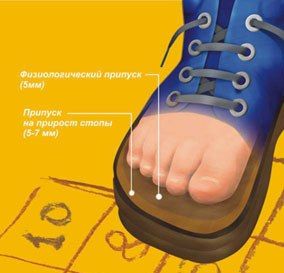
This is necessary so that the child’s feet develop correctly and a beautiful gait and posture are formed.
Care and treatment
Having purchased good boots, you want them to last as long as possible. In order for bike boots to retain their appearance for a long time, they need special care.
Since the off-season is characterized by the most humid weather, shoes require careful drying after each use. To do this, you need to stuff crumpled newspaper into it and leave it in a warm, ventilated place. This method is quite lengthy, most often taking one night. However, if the boots were too wet, the night may not be enough. Therefore, it is better to have a spare pair of shoes.
You can also use special devices for drying - electric dryers or a battery. You just have to remember that you need to put your shoes under the battery, and not on it, having first removed the insoles.
Attention! You cannot dry your boots on a radiator. This will cause the skin to crack and become rough.
Also, to protect shoes from moisture, it is necessary to use special water-repellent agents. They should be applied in advance, allowing them to soak thoroughly before going outside.
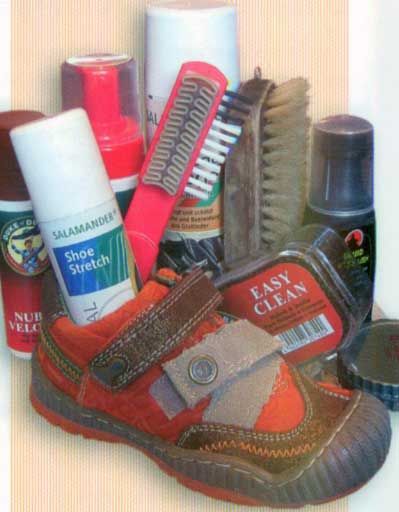
You need to clean your boots with a brush or a sponge soaked in water. Do not wash them too often and under running water. Excess moisture spoils the appearance and quality of the leather.
Thus, children's bike boots fill the gap between summer and winter shoes, protecting little feet from slush, cold or overheating.


 0
0




